Some animals live in places so remote, humans might never set foot there. These creatures have carved out existences far from bustling cities and noisy roads—thriving in deserts, deep oceans, and secret islands. Their isolation has become their shield, protecting them from human threats but also testing their survival skills in harsh, unforgiving worlds. From elusive desert bears to mysterious deep-sea octopuses, these nine animals prove that life can flourish in solitude, in ways we’re only beginning to understand.
Gobi Bear
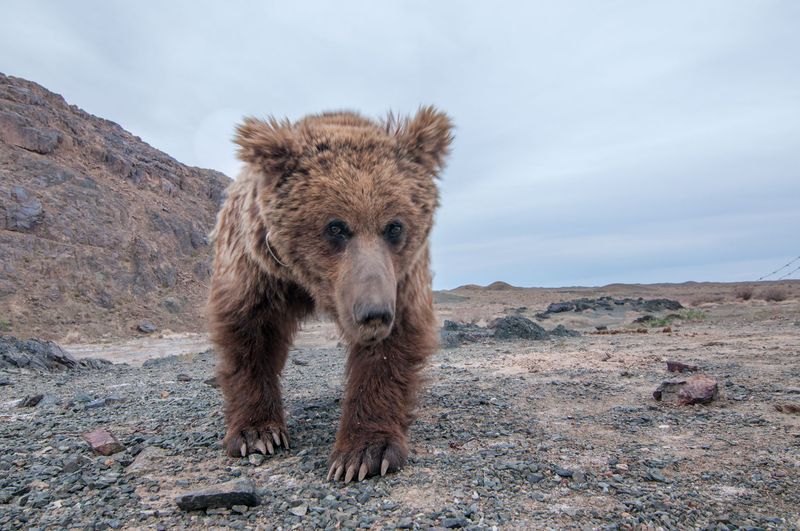
With fewer than 40 remaining, the critically endangered Gobi bear roams the harsh expanses of Mongolia’s Gobi Desert. Known to be fiercely independent, these bears have adapted to survive with minimal water and scarce food sources.
Relying on camera traps and DNA studies, scientists have been piecing together the mysteries of their elusive lives. Despite the odds, the Gobi bear continues to persevere, embodying the spirit of survival in one of the world’s most unforgiving landscapes.
Kakapo
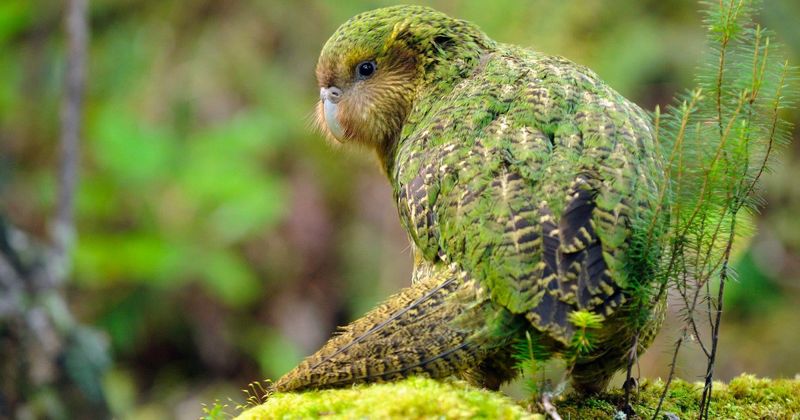
The Kakapo, a nocturnal parrot, resides on predator-free islands in New Zealand. For years, its presence remained a mystery due to its exceptional camouflage and secretive habits.
This flightless bird, with its owl-like face and mossy green feathers, has captured the hearts of many conservationists. Through dedicated efforts, the Kakapo’s population, though still vulnerable, is slowly recovering, symbolizing hope in the conservation community.
Deep-Sea Dumbo Octopus
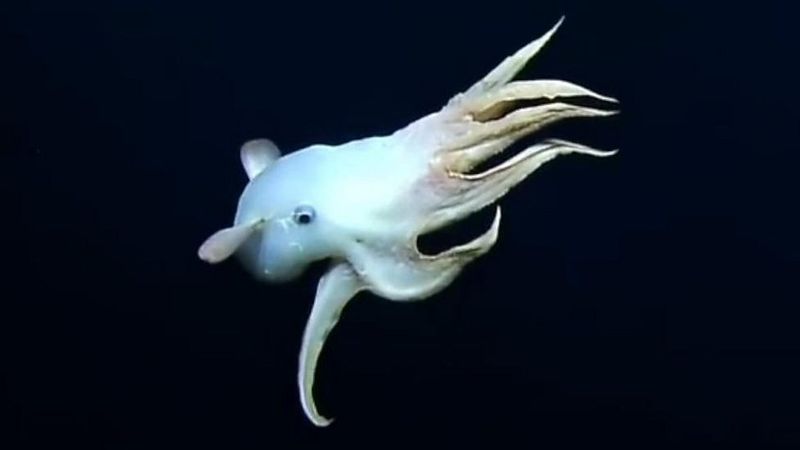
Discovered through the use of submersibles, the Deep-Sea Dumbo Octopus resides at incredible depths of 3,000 to 7,000 meters. Its whimsical appearance, complete with ear-like fins, makes it a standout in the ocean’s abyss.
Little is known about its mysterious lifestyle as it drifts through the barely explored underwater realms. This cephalopod’s survival in such an extreme environment showcases the adaptability of life beneath the waves.
Ili Pika
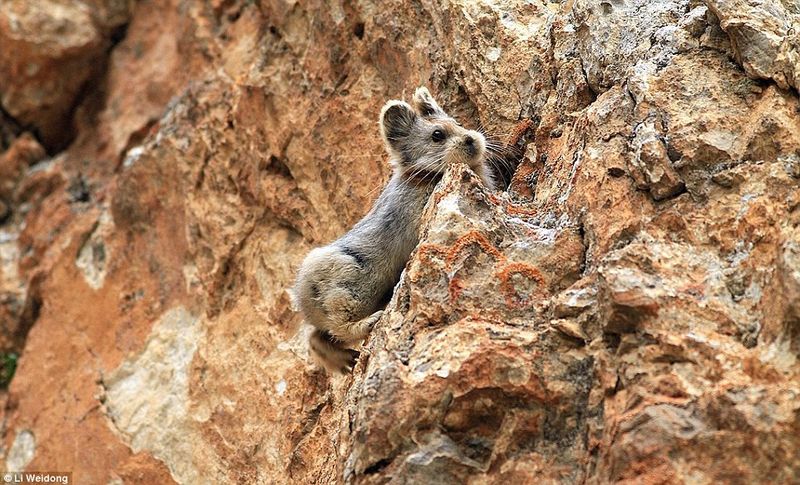
The Ili Pika, a tiny lagomorph, inhabits the remote mountains of China, where its presence eludes even the most determined researchers. Photographed just twice between 1983 and 2014, this enigmatic creature maintains a low profile in its rocky habitat.
Its rarity and appealing appearance have earned it the nickname “magic rabbit.” The Ili Pika’s survival amidst the rugged terrain highlights nature’s ability to flourish in solitude.
Giant Tube Worms

Giant Tube Worms thrive in the dark, sunless depths of the Atlantic and Pacific Oceans, anchored to hydrothermal vents. These creatures have adapted to live in complete isolation from sunlight, relying on chemicals from the Earth’s interior for sustenance.
Their unique ecosystem, untouched by human interference, offers insights into life forms that exist under extreme conditions. The existence of these worms challenges our understanding of life’s resilience.
Island Fox
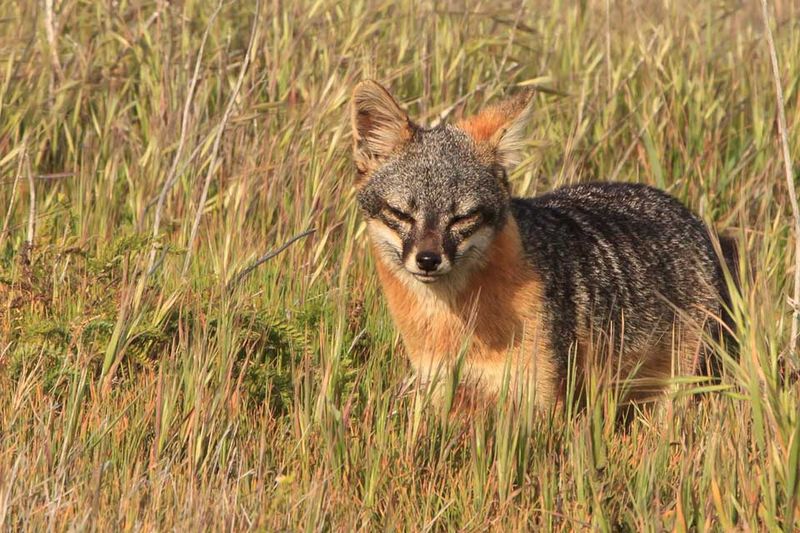
Evolving from mainland grey foxes, the diminutive Island Fox has thrived in isolation on California’s Channel Islands for over 7,000 years. With a curious and adaptable nature, these foxes have become integral to the island’s ecological balance.
Conservation efforts have been crucial in safeguarding their population, which has faced challenges from disease and predation. Their story is a testament to the delicate interplay of evolution and environmental factors.
Mediterranean Monk Seal
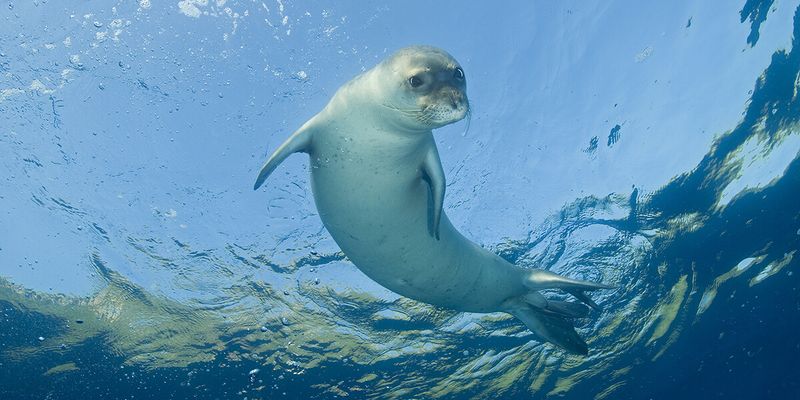
The Mediterranean Monk Seal, one of the rarest seals in the world, is found in scattered pockets across the Mediterranean and Atlantic. Once abundant, their numbers have dwindled to fewer than 700 individuals.
Their preference for secluded caves and beaches, away from human activity, underscores their need for privacy and protection. These seals represent a living connection to a time when the Mediterranean was wild and pristine.
Marine Iguana
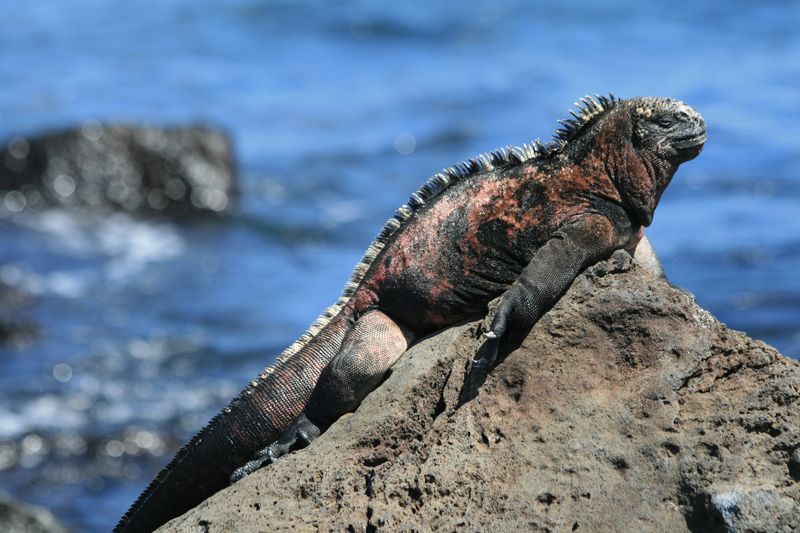
Endemic to the Galápagos Islands, the Marine Iguana is the only sea-going lizard, a testament to the islands’ unique evolutionary path. Their ability to forage in the ocean sets them apart from other iguanas.
These remarkable reptiles, with their salt-crusted snouts, have adapted to a harsh, volcanic environment where few others could survive. Their existence highlights the intricacies of island evolution and adaptation.
Hispaniolan Solenodon
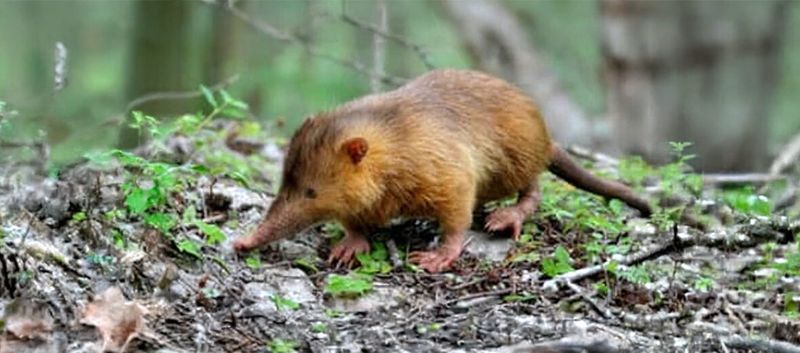
The Hispaniolan Solenodon, native to Hispaniola, is a rare insectivorous mammal with nocturnal habits that have kept it hidden from science for centuries. Its survival amidst deforestation and introduced predators is a remarkable feat.
This creature’s unique lineage dates back to the age of the dinosaurs, offering a glimpse into a prehistoric world. Its continued existence is a reminder of nature’s resilience and the importance of conservation efforts.

